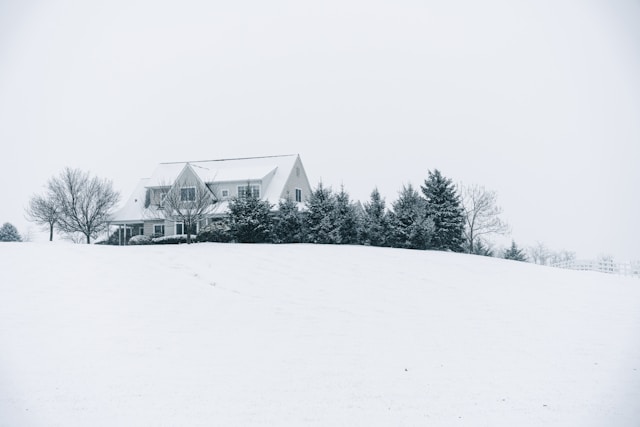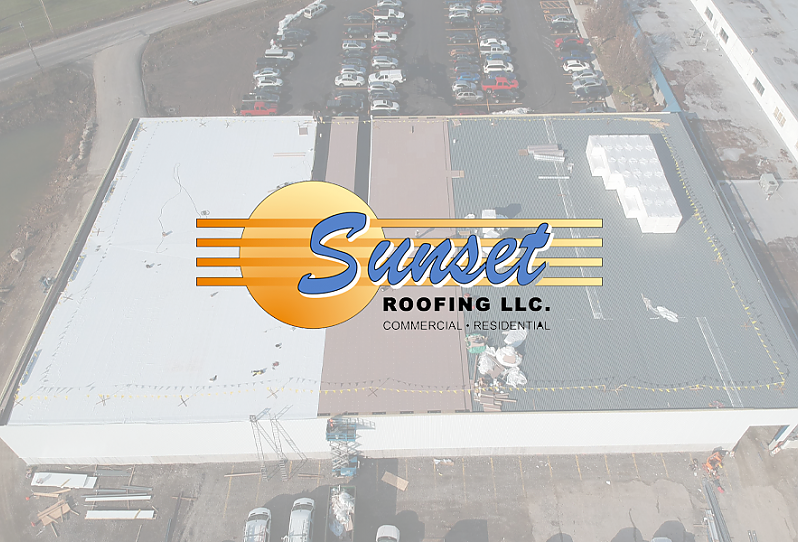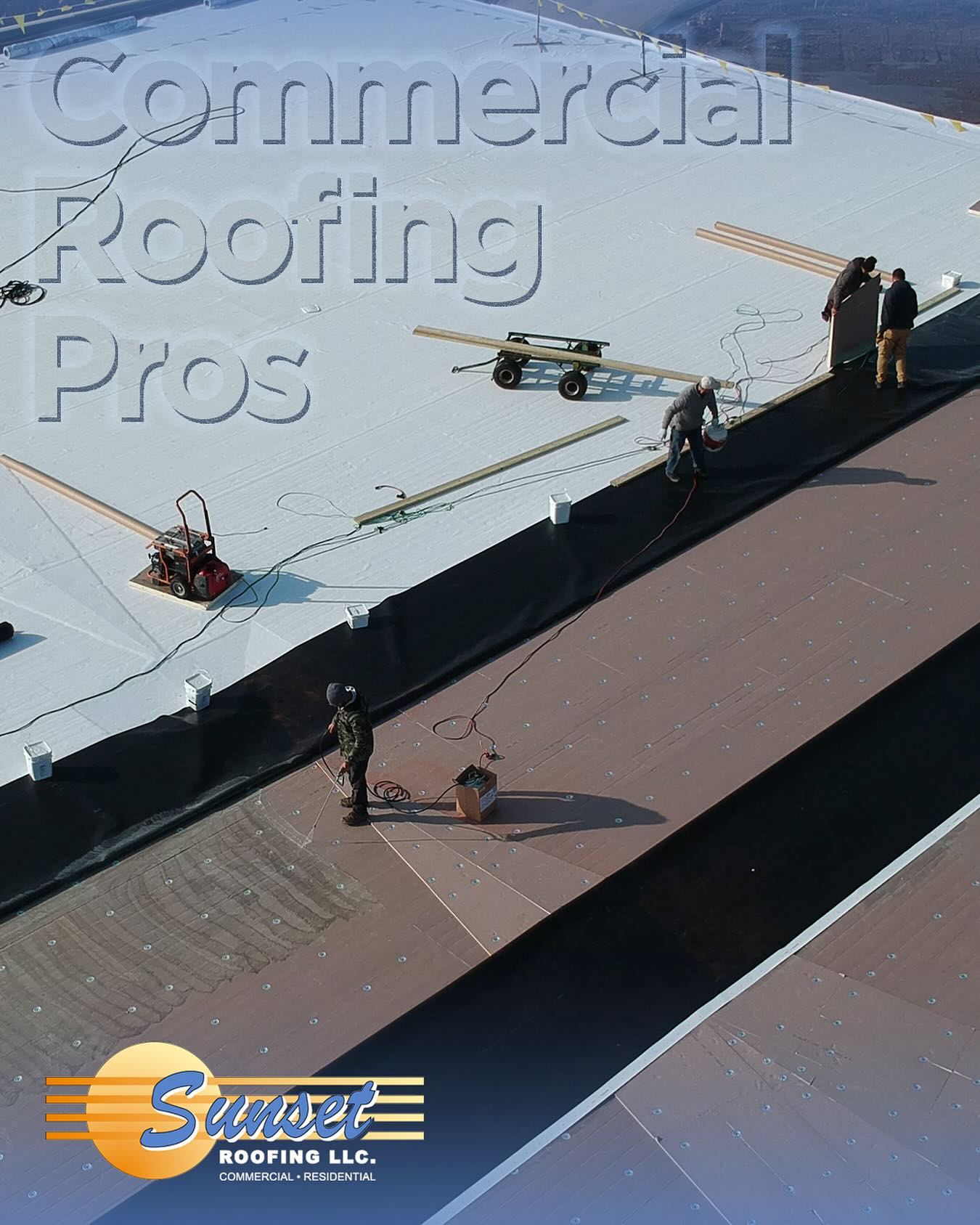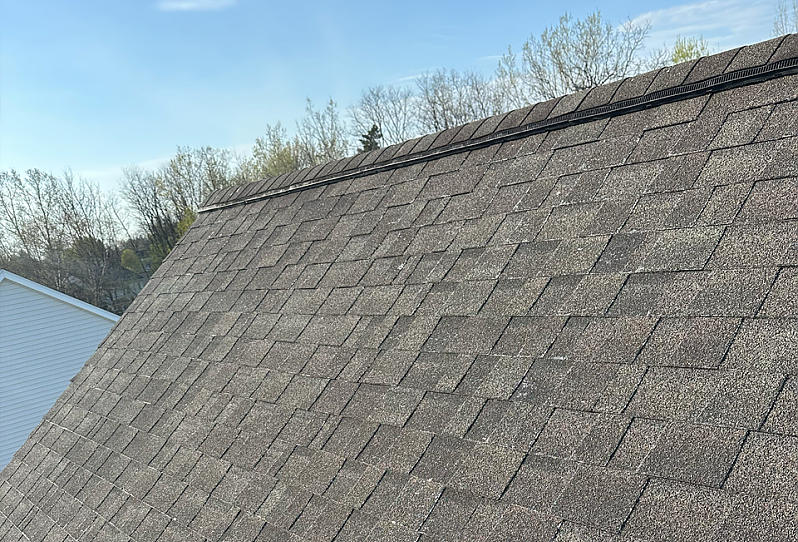Blog
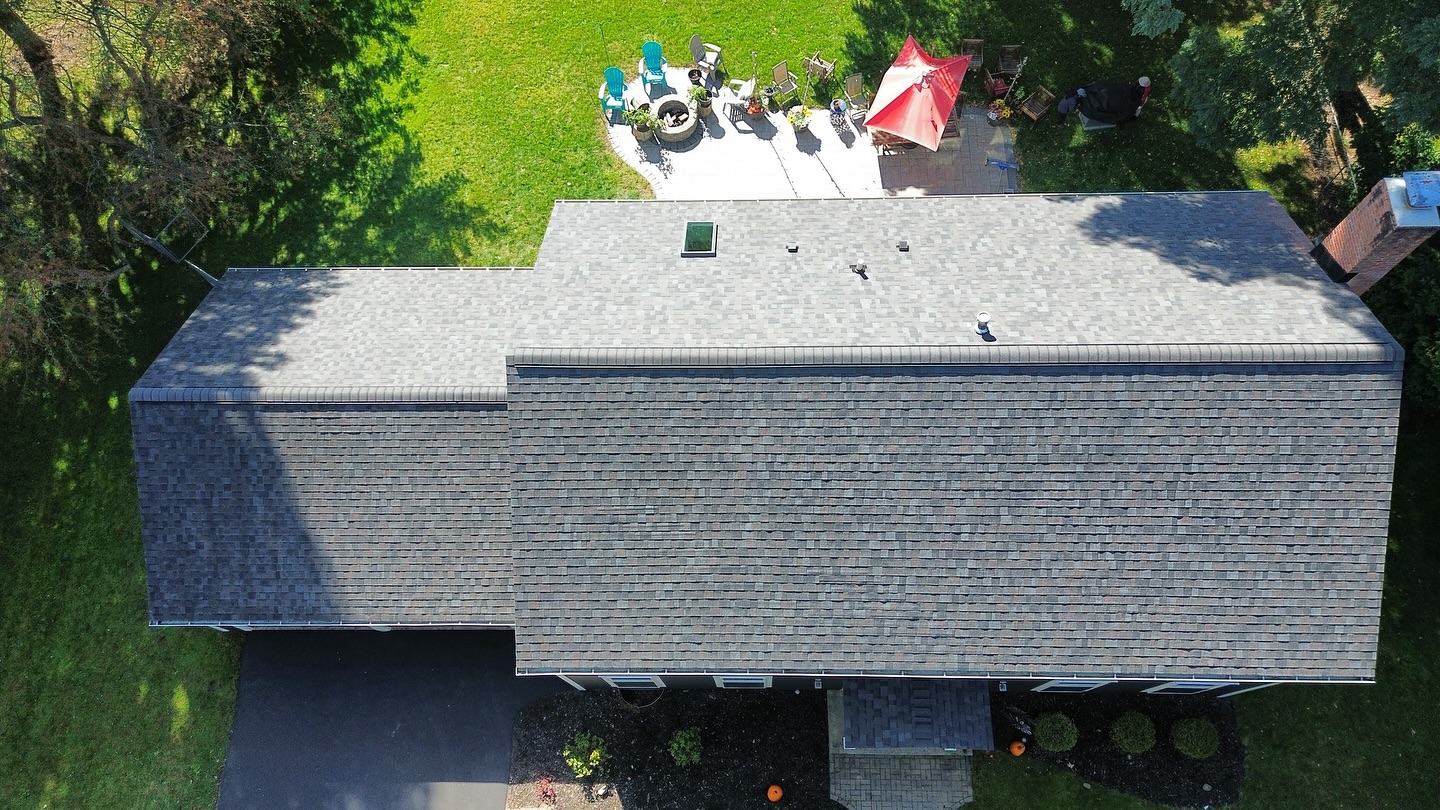
When it comes to roof maintenance, most homeowners focus on shingles, flashing, and gutters. But one of the most overlooked—yet critically important—factors that can dramatically affect the lifespan of your roof is proper ventilation.
At Sunset Roofing, we help homeowners and businesses throughout Rochester not just repair or replace roofs, but understand how every part of the roofing system works together. Roof ventilation may not be the first thing you think of, but it plays a major role in protecting your home, preserving your roof, and saving you money long-term.
Here’s why proper roof ventilation is so important, and what you need to know to keep your roof performing at its best.
What Is Roof Ventilation and Why Does It Matter?
Roof ventilation is the system of intake and exhaust vents that allow air to flow naturally through your attic or roof space. It regulates temperature and moisture levels throughout the year, no matter the season.
In a properly ventilated roof system:
-
Fresh air enters through intake vents (often located in the soffits or lower part of the roof)
-
Hot, moist air exits through exhaust vents (typically located near the roof ridge)
This constant airflow prevents many of the problems that can lead to premature roof failure, energy loss, and even interior damage.
Schedule a roof inspection today to ensure your ventilation system is working as it should.
How Poor Ventilation Shortens Your Roof’s Life
If your attic lacks proper airflow, it can create serious issues that shorten the lifespan of your roofing materials, decking, insulation, and more.
Here are the main ways poor ventilation causes damage:
1. Excessive Heat Buildup
In warmer months, trapped hot air in the attic can cause roofing materials like shingles to overheat, dry out, and deteriorate prematurely.
Result:
-
Shingle curling and cracking
-
Faster aging of the entire roofing system
2. Moisture Accumulation
In colder months, moisture from everyday household activities (like cooking, showering, and laundry) can rise into the attic. Without ventilation, it gets trapped, leading to condensation.
Result:
-
Mold and mildew growth
-
Wood rot in the decking and rafters
-
Reduced effectiveness of insulation
3. Ice Dams
In winter, warm air trapped in the attic can melt snow on the roof too quickly. As the water runs down and refreezes near the eaves, it can create ice dams that force water under shingles.
Result:
-
Leaks
-
Structural water damage
-
Insulation deterioration
Poor ventilation creates the perfect conditions for these problems year after year, steadily wearing down your roof well before its expected lifespan.
Signs Your Roof Ventilation May Be Inadequate
Not sure if your roof ventilation system is working properly? Watch for these signs:
-
Ice dams forming along roof edges in winter
-
High attic temperatures on warm days
-
Mold, mildew, or a musty smell in the attic
-
Excessively high heating and cooling bills
-
Premature aging of shingles (curling, cracking)
-
Condensation on rafters or roof sheathing
If you notice any of these issues, it is critical to address them before bigger problems arise. Request a free roof evaluation with Sunset Roofing to have our experts assess your ventilation system.
How Proper Ventilation Protects Your Home and Roof
A well-ventilated roof offers many benefits beyond just extending the life of your shingles:
-
Improved Energy Efficiency: Keeps attic temperatures more stable, reducing strain on your HVAC system.
-
Better Indoor Comfort: Prevents excessive attic heat from radiating into living spaces.
-
Moisture Control: Reduces the risk of mold and rot inside your home.
-
Lower Repair Costs: Prevents avoidable issues like ice dams and shingle damage.
-
Manufacturer Warranty Protection: Many roofing warranties require proof of proper ventilation for coverage to remain valid.
Proper ventilation is one of the smartest long-term investments you can make in protecting your home’s value and comfort.
What Goes Into a Proper Roof Ventilation System?
A properly designed ventilation system is balanced, meaning the intake vents and exhaust vents allow for a continuous flow of air.
Types of Intake Vents:
-
Soffit vents
-
Gable vents
-
Overhang vents
Types of Exhaust Vents:
-
Ridge vents
-
Box vents
-
Powered attic fans (in some cases)
The specific system depends on the size, shape, and pitch of your roof, as well as local building codes and best practices for the Rochester climate.
Our team at Sunset Roofing will design the right ventilation solution for your home as part of any roof repair or replacement project.
Protect Your Roof the Right Way This Spring
Whether you are noticing signs of poor ventilation or just want peace of mind heading into the rainy spring season, now is the perfect time to schedule a professional roof inspection.
At Sunset Roofing, we take a full-systems approach to roofing. We do not just look at the surface—we ensure your roof, insulation, and ventilation are all working together to protect your home for decades to come.
Call 585-538-6086 or request your free estimate today and let us help you maximize the life and performance of your roof.
‹ Back



